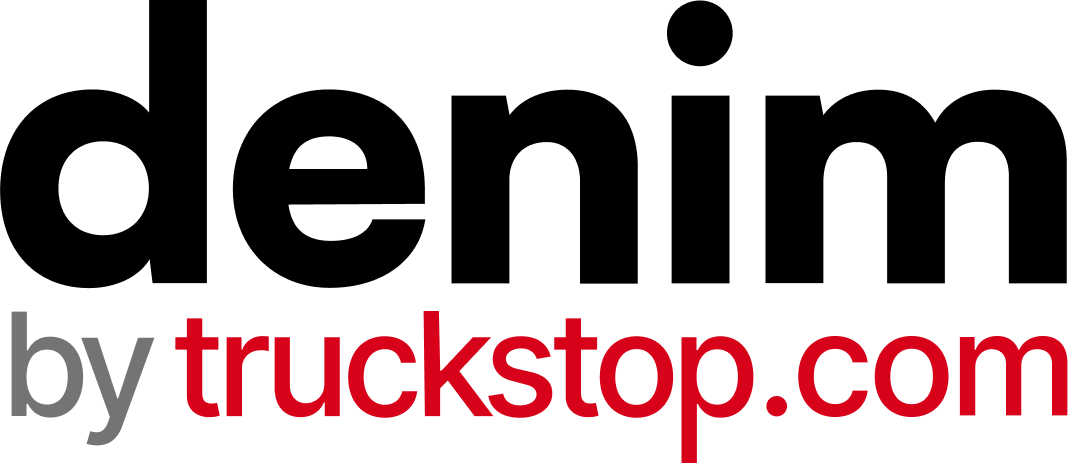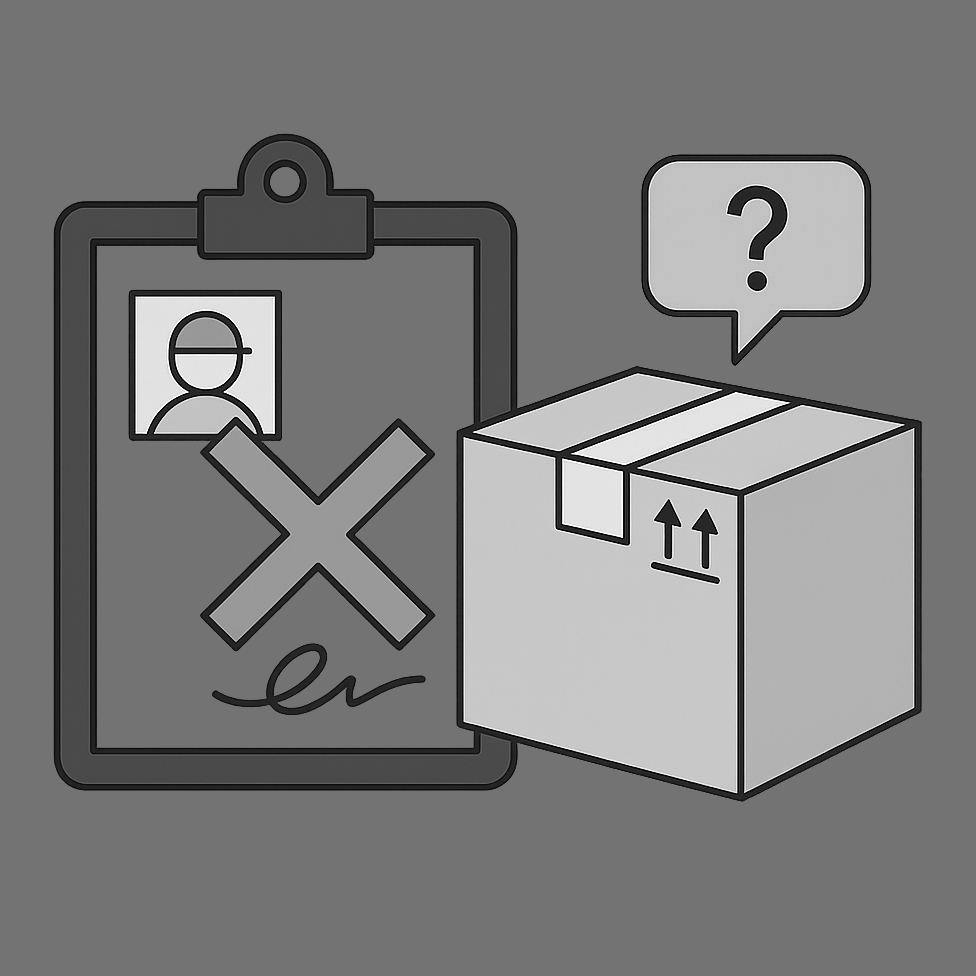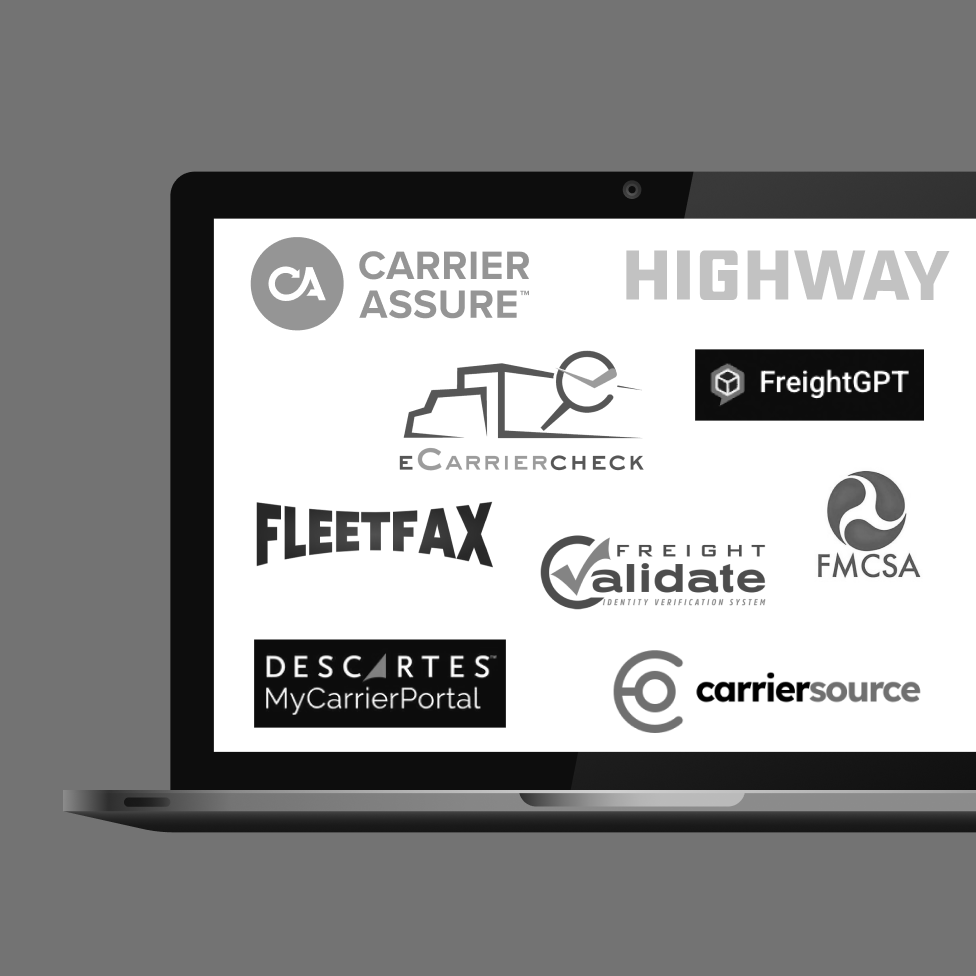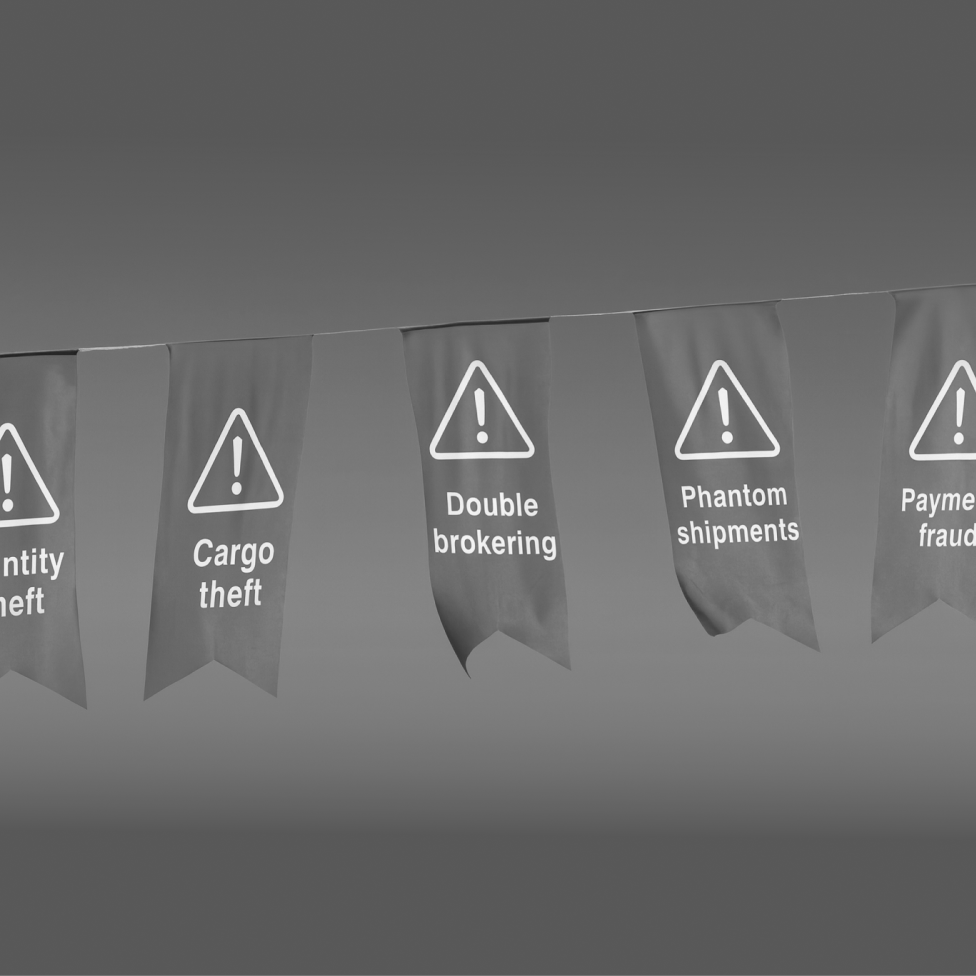A freight broker’s brand is only as strong as its carriers. So, your brokerage can potentially hold some legal liability when a carrier runs behind schedule, damages freight, or gets involved in an accident. Even if it doesn’t, however, your brand may suffer damage in the eyes of shippers. You can’t control a carrier’s actions, but you can control which carriers you choose as partners. Proactively vetting carriers before working with them will drive more revenue, mitigate risk to your brokerage, and protect your brand.
Evaluating Your Carriers as a Freight Broker: What to Look For
When evaluating carriers, every freight brokerage should weigh the following key performance indicators (KPIs):
Credentials
Every carrier needs operating authority from the Federal Motor Carrier Safety Administration (FMCSA) to haul freight. It sounds straightforward, but carriers need different types of authority depending on the cargo they carry and the jurisdictions in which they operate. Therefore, ensure a carrier has the appropriate authority before assigning it a load. You can typically find that information by searching the FMCSA’s Licensing and Insurance system.
Financial Health
A carrier’s financial health holds nearly as much importance as the financial health of your brokerage. For example, a trucker with cash flow problems could shut down unexpectedly, leaving you in the lurch with no way to get your shippers’ freight delivered. That’s the worst-case scenario, but a carrier’s financial issues may also cause them to cut corners in ways that lead to late deliveries, unsafe operations, and a host of other bad business practices that can ruin your reputation with shippers. Carrier credit checks are a good start, but as a best practice, consider leveraging a carrier monitoring service like SaferWatch® to catch potential red flags with carriers. You can also use sites like Carrier411 to monitor your carriers.
Compliance & Safety
A carrier’s safety record can interfere with efficient delivery — or, worse, lead to injury or even death. Such incidents reflect poorly on your brokerage. Additionally, negligent hiring of unsafe carriers may result in legal liability. Check carrier incident histories in the FMCSA’s Safety and Fitness Electronic Records (SAFER) system and pull their insurance certificates. Your carriers need the right insurance for the moving loads, or you could be on the hook.
Automate Your Carrier Vetting Process
While thorough carrier vetting protects your broker brand, it slows you down. Performing extensive due diligence may extend the carrier onboarding process, and you need to onboard carriers fast enough to meet shippers’ demands. Fortunately, you can get the information you need without grinding the vetting process to a halt by leveraging technology. A new generation of back-office tools for freight brokers automates much of the manual work. The Denim platform offers valuable integrations that facilitate comprehensive carrier vetting. For example, Denim integrates with the EZ Loader transportation management system, which features a digital carrier database and the SaferWatch® carrier monitoring system. This integration allows you to digitally onboard your carrier partners and remains vigilant about their authority statuses and safety ratings. With the right technology suite, brokers can easily pull safety records, insurance certificates, and other carrier data in real-time — and with improved accuracy over manual processes. Establishing and automating a thorough carrier vetting process makes good business sense. You’ll mitigate risk, work with more carriers that deliver profitable partnerships, and keep your broker brand spotless. If you’re interested in learning more about how Denim can help grow your credit and help build your business, we’d love to talk.

Denim’s automated solutions streamline your back-office operations. Explore our solutions to see how Denim can help your business scale efficiently.
There's a better way






